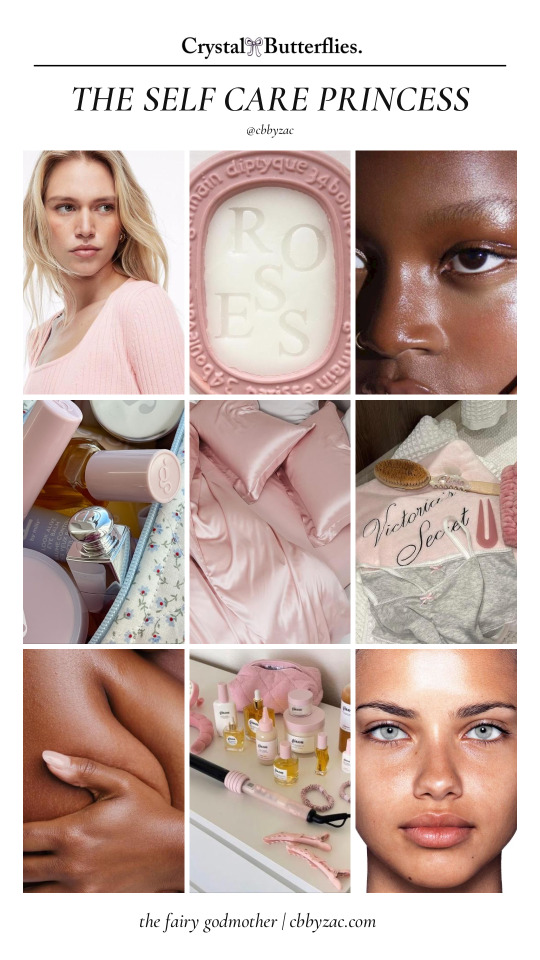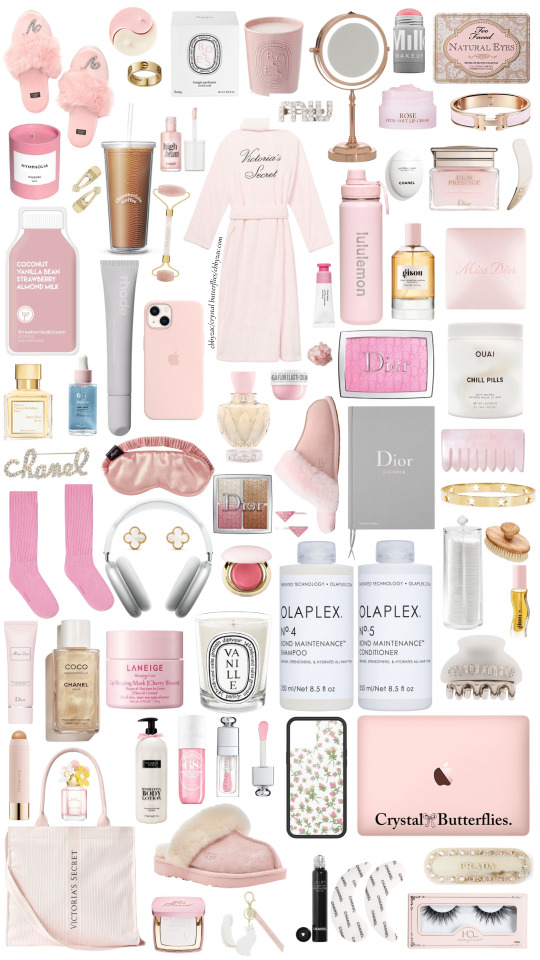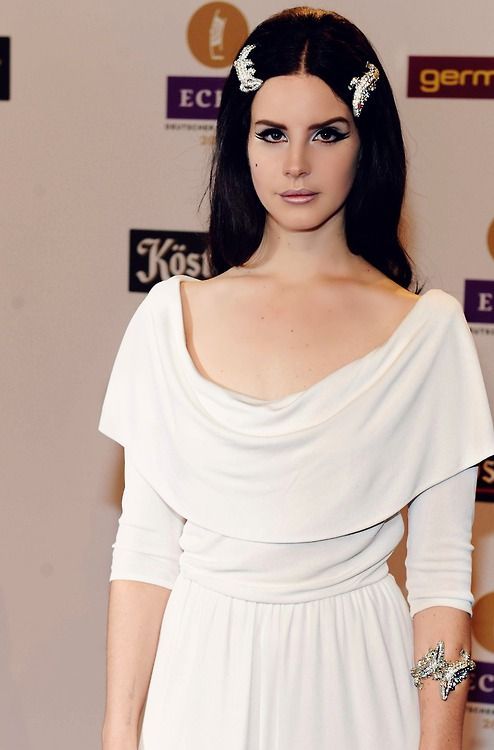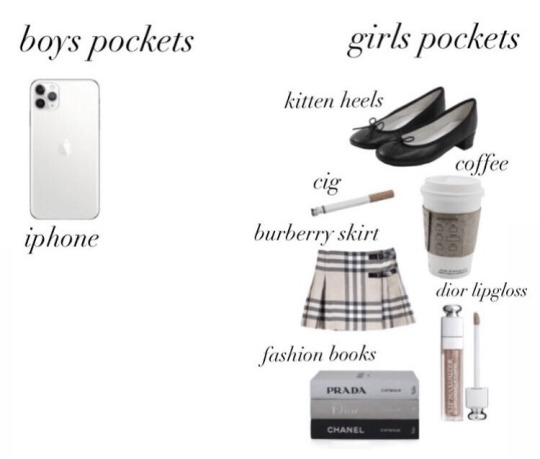Text
˗ˏˋ ♡ ˎˊ˗ Evermore, Taylor Swift ˗ˏˋ ♡ ˎˊ˗ :
lyrical analysis masterpost
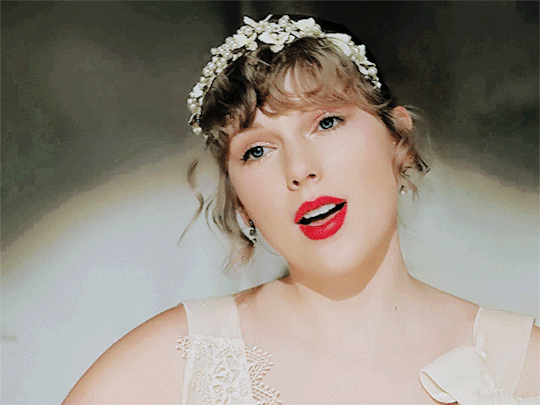
Track 1: willow
Track 2: champagne problems
Track 3: gold rush
Track 4: 'tis the damn season
Track 5: tolerate it
Track 6: no body no crime (Featuring HAIM)
Track 7: happiness
Track 8: dorothea
Track 9: coney island (featuring, The National)
Track 10: ivy
Track 11: cowboy like me
Track 12: long story short
Track 13: marjorie
Track 14: closure
Track 15: evermore (featuring, Bon Iver)
Track 16: right where you left me
Track 17: it's time to go
#evermore#jack antonoff#aaron dessner#folklore#reputation#lyrical parallels#taylor swift#tswiftquote#song lyrics#lyric analysis#song analysis#album analysis#lgbetty#lover taylor swift#folklovermore#midnights
17 notes
·
View notes
Text
✩˖ ࣪‧₊˚໒꒱⋆✩ Gold Rush, Lyrical Analysis
(Taylor Swift, Evermore)
Track 3: Gold Rush


In Track 3 of Evermore, titled ‘Gold Rush’, Swift describes the anxiety which accompanies loving someone. She has previously addressed this anxiety she feels in relationships in other bodies of work, most notably in her 4 albums predeceasing Evermore in songs such as ‘Cruel Summer’, ‘Delicate’, ‘Dancing With Our Hands Tied’, and ‘Out of the Woods’ -- to name a few. In this track she speaks about the kind of anxiety in which she attempts to keep a relationship secret, whilst being held witness to everyone else pine after her lover. This secrecy is explored heavily in her last 5 studio albums, connecting them and tying them to the same muse by popular argument. In this song, she compares the way in which others are drawn to her lover as a ‘Gold Rush’, using a term used for when multiple parties are attracted to a site due to its production of gold to create a beautiful, yet anxiety inducing, metaphor for her emotional reaction to this situation. In her prior studio album Lover, she describes love as “golden” (‘Daylight’), and also admits in the title track that she is “highly suspicious” that everyone who sees her muse “wants” them. In Lover, she explores these emotions with upbeat melodies and cadence, however, in accordance with the themes of the Evermore album, these emotions are now overcome with heartache, explored in a forlorn manner through the lens of Swift’s now apparent hurt.
“Gleaming, twinkling, eyes like sinking ships on waters. So inviting, I almost jump in”
Taylor Swift: Gold Rush, Evermore (2020)
The opening lines of the track begin with a mystical and dreamlike melody describing the magnetic pull of her lover’s appearance (“You should think about the consequence of your magnetic field being a little too strong” -- Gorgeous, Reputation). We can instantly recognise that this song is being written in the past tense, as a reflection, much like the rest of the songs included on this album as this is evidenced in the use of the word “almost”. The use of this word highlights the temptation she felt in this relationship. It could be argued that the temptation here was to throw it all to the wind and admit her love publicly, but as discussed on later tracks on this album and in prior and following bodies of work, it can be concluded that Swift never quite gets to do this. Furthermore, the way in which she compares her muses eyes to sinking ships begging her to go down with them suggests a relationship in which she stands a lot to lose, especially through public admission of her love, which is a theme explored heavily throughout her discography.
“But I don’t like a gold rush, gold rush. I don’t like anticipating my face in a red flush. I don’t like that anyone would die to feel your touch.Everybody wants you. Everybody wonders what it would be like to love you. Walk past, quick brush. I don’t like slow motion, double-vision in a rose blush. I don’t like that falling feels like flying ‘til the bone crush.Everybody wants you, but I don’t like a gold rush”
Taylor Swift: Gold Rush, Evermore (2020)
The connective tissue of Swift’s song whilst writing about this specific muse is seemingly tied into every lyric featured in track 3 of Evermore. The song features intense themes of insecurity within her relationship as she battles with her own perception of her lover, and how others share this perception, reducing its uniqueness and the value of her opinion (in her eyes). It could be argued that this is mostly born from the pedestal she places her lover on, evidenced in the repetition of the line: “everybody wants you”. This mantra is repeated several times throughout the song, highlighting her deep insecurity within the relationship and the idea that it could be taken, or stolen, from her at any moment. The idea of putting her lover on a pedestal is further explored in the contrast between personifying her lover as a ‘Gold Rush’ whilst reducing herself to just another person magnetised to their beauty and value, especially in the eyes of the public. Swift appears to be hiding her admiration for her muse as much as possible, but often failing, and anticipating her failing in this becoming obvious to others whilst also resenting that others will recognise the speciality and perfection of the one she loves. The contrast between the perfection of her lover and the idea of her being just another onlooker struck with awe is telling of how she views herself and the value and high standard she holds her lover to, which is what makes the degradation of their love story all the more heartbreaking: “I don’t like that falling feels like flying til the bone crush.”
“What must it be like to grow up that beautiful, With your hair falling into place like dominos? I see me padding ‘cross your wooden floor, with my Eagles t-shirt hanging from the door. At dinner parties, I call you out on your contrarian shit, and the coastal town we wandered round had never seen a love as pure as it.And then it fades into the grey of my day old tea, ‘cause you know it could never be...”
Taylor Swift: Gold Rush, Evermore (2020)
The placement of her muse on this pedestal continues into the chorus of the song, where she details a manner of perfectionism that she herself will never be able to attain, but her lover commands effortlessly, seemingly their whole life. Swift's regard for her lover is telling of her insecurity not only within the relationship, but also within her own self-perception, which we can observe her battle with in other songs such as ‘The Archer’ and ‘Anti-Hero’. The use of the word ‘dominos’ is another example of the so-called “connective tissue” linking these albums and their respective songs to the same muse as in ‘Mastermind’ (a track from Midnights), she speaks about the orchestration of her relationship and “the dominoes cascading in a line”. Swift’s metaphorical use of the word ‘domino’ appears to be used when she speaks of planning and perfectionism, so it is useful to imagine these songs as being linked, despite the past tense of this track, which will later be explained. On the topic of past tense, there is a certain nostalgic and reflective tone running throughout the vein of the album, featuring heavily in this song. The chorus details Swift reflecting on the events and dynamic of their relationship until it inevitably fades away due to forces outside Swift's control and also due to Swift's own actions. It is undecided which she blames more, as she goes between both narratives throughout the course of the tracklist. It is ultimately up to the listener to draw their own conclusions.
In the final chorus of the track, Swift changes the lyrics slightly, a technique used throughout her songwriting to indicate finality or a change in narrative -- a conclusive ending:
“My mind turns your life into folklore, I can’t dare to dream about you anymore. At dinner parties, won’t call you out on your contrarian shit. And the coastal town we never found will never see a love as pure as it. ‘Cause it fades into the grey of my day old tea, ‘cause it will never be...”
Taylor Swift: Gold Rush, Evermore (2020)
Firstly, the lyric “my mind turns your life into folklore/ I can’t dare to dream about you anymore” is extremely significant for many reasons. The implication here that her prior studio album, said to be the “sister album” of this album, titled Folklore, was used to turn the events of their relationship into songs is extremely telling of who the muse is, but also that their relationship has now ended, as she cannot dream about this person anymore, she cannot make any more stories to be passed on (“and just like a folk song, our love will be passed on” -- Seven, Folklore). Her lover is now absent from the dinner parties they once attended together, and she now must carry on without them, hosting independently without her lover at her side. She will no longer lovingly debate with them over the dinner table, as this part of her life has now drawn to a close. Furthermore, the trip they took together privately may as well not exist, and the love they found together also goes down with this ship. With no public commemoration of their love, it dies with them.
#taylor swift#song analysis#textual analysis blog post#aaron dessner#midnights#reputation#evermore#gold rush#jack antonoff#I dont like a gold rush#what must it be like to grow up that beautiful?#folklore#my mind turns your life into folklore#folklovermore
7 notes
·
View notes
Text
.❀。• *₊°。 ❀°。 Champagne Problems Lyrical Analysis
(Taylor Swift, Evermore)
Track 2: Champagne Problems

In Champagne Problems, Swift tells the gut wrenching tale of a relationship which ends due to a failed engagement. She writes in the first person, naming herself as the one who could not invest or give herself to a married life with this person. She suggests through her lyricism that the blame of this failure falls at her feet; she didn’t have it in her to marry this person, however pure or loving they were. In the context of the album this is particularly interesting, as there are many songs in which she alludes to or discusses a marriage of some sort which either fell through or could never be. Folklore and Evermore seem to focus on this failed relationship intently, one which Swift will seemingly never get over or move on from. It is interesting to note that the 7 year “marriage” she suggests in ‘Happiness’ may not be a literal marriage, but rather metaphorical. This is evidenced in Champagne Problems through her rejection of the engagement and also in ‘Coney Island’, where she apologises to her lover for “not winning them an arcade ring”. It is useful to note that the muse of both Folklore and Evermore, as well as Reputation, Lover, and Midnights, appear to be the same person. This can be evidenced in many ways as will be discussed, but most importantly in this context, in the way in which she blames herself for the ending of the relationship, something which is seldom throughout her discography. The lover she speaks of is someone she is desperate to hold on to, to keep close, to keep secret, to hide from the world -- the one relationship which has truly mattered to have, and mattered even more to lose.
"You booked the night train for a reason, so you could sit there in this hurt. Bustling crowds or silent sleepers, you're not sure which is worse."
Taylor Swift, 'Evermore', Track 2: Champagne Problems (2020)
In the opening lines of the track, Swift begins with an apologetic tone, evident of the blame she places at her own feet. She victimises her muse immediately, both imagining herself, and allowing the listener to envision the disappointed and heartbroken muse alone, both in a crowd or literally, as they have lost the person they planned their life with.
The mentioning of the word “reason” so early on in the track is entirely significant. Her lover was understanding, communicative, thoughtful, always explaining their actions and thoughts. As she later admits, she “couldn’t give a reason”. There was no justifiable explanation. It could be argued that though the muse of the track loved her deeply, they didn’t quite understand her and therefore did not understand the manner of love she required. The theme of being misunderstood runs heavily through the vein of Swift’s discography, and is later revisited in this body of work within the infamous Track Five of this album: ‘Tolerate It’.
In typical Swift fashion, she also employs the use of a double entendre here, or, as she likes to call it, “a bait and switch” (Willow, Track 1). The contrast between the “bustling crowds” and the “silent sleepers” could mean two things: firstly, that the other passengers were indeed silently sleeping, or, alternatively, that the train carriages were in fact silent sleepers (a type of train carriage). This clever lyricism lends itself to Swift’s talent in such a striking, dynamic manner which truly elevates her songwriting, arguably leaving it unparalleled.
It is also worth noting that the train she also mentions in ‘Willow’ could be the same train featured in this track. In ‘Willow’ she promises that her metaphorical train could take her lover home, protecting them and keeping them safe. However, in this track, directly after ‘Willow’, her lover appears to be taking a literal train, escaping her rejection and unhappiness born out of their lack of understanding for her mental and physical capacity for marriage.
"Because I, dropped your hand while dancing, left you out there standing, crestfallen on the landing, champagne problems."
Taylor Swift, 'Evermore', Track 2: Champagne Problems (2020)
In the first half of the primary chorus, Swift reveals to the listener the reason for her lover’s hurt and subsequent escape. She blames herself immediately, admitting to leaving them lost and marooned after her rejection. It is notable that she uses the phrase “dropped your hand while dancing”. In many of Swift’s songs, she uses dancing as almost interchangeable for love, or at least in an interlinking way. She introduces the idea that she has ruined a perfectly good and pure moment in a way even she herself cannot explain. Could it be that although this person was ready to give her everything, she didn’t have the capacity for reciprocation? Or did she not believe she was deserving of this level of love? Alternatively, it could be argued that the idea of spending her life with this person revealed to her that this wasn’t what she wanted. The lover was perfect, but not what she needed. In later songs in this tracklist, there are many lyrics which point to an explanation. In Track 1 (‘Willow’), she begs her lover to take her hand (“I'm begging for you to take my hand”), however, only one song later, she drops their hand, pointing seemingly toward the latter suggestion of explanation.
"Your mom's ring in your pocket, my picture in your wallet, your heart was glass I dropped it, champagne problems."
Taylor Swift, 'Evermore', Track 2: Champagne Problems (2020)
Swift paints an even more intricate and intense scene of betrayal and hurt. Later in the album in a track titled ‘Coney Island’, she asks her lover, and aso herself, “did I close my fist around something delicate, did I shatter you?”. Here, she describes a fragile situation in which she employs a metaphor of shattering her lover's heart like glass. This fragility is explored throughout the Evermore tracklist, and also previously in her discography, in her 6th studio album, Reputation. In Track 5 of Reputation, titled ‘Delicate’, Swift describes a very different sense of fragility; one which is fresh and remains to be tarnished by outside opinion and also by herself. In Evermore, the listener is presented with a very different narrative by Swift, one in which she is the sabotager.
The mentioning of the family ring and also of her picture stationed in her lover’s wallet only serve to emphasise the magnitude of what she is leaving behind; someone who loved and cared for her so deeply, someone who wanted to create a life together. In Swift’s later album, titled Midnights, she explores this aversion to the domesticity she relates to marriage -- specifically in the track ‘Lavender Haze’.
"You told your family for a reason, you couldn't keep it in. Your sister splashed out on the bottle, now no one's celebrating."
Taylor Swift, 'Evermore', Track 2: Champagne Problems (2020)
In the second verse of this track, Taylor Swift touches on the ways in which the rejection of a proposal can harm not only the individual being rejected, but also cause deep disappointment for the whole family. It is implied that both her lover and their relatives wanted something from her which she could not give to them, and later she suggests that they expected this outcome to a certain extent. The theme of disappointment runs through the vamping rhythm of this song as Swift taints every line with her own regret and incapacity to deliver on what is expected of her. It is also worth noting that she highlights the family's opulence.
"Dom Perignon, you bought it, no crowd of friends applauded. Your hometown sceptics called it, champagne problems. You had a speech, you're speechless. Love slipped beyond your reaches, and I couldn't give a reason. Champagne Problems."
Taylor Swift, 'Evermore', Track 2: Champagne Problems (2020)
In the second pre-chorus of Champagne Problems, Swift’s lyricism provides many notable annotations. ‘Question…?’, a song featured on Swift's latest studio album, Midnights gives us the following lyrics:
“Did you ever have someone kiss you in a crowded room? And every single one of your friends was making fun of you? But fifteen seconds later they were laughing too?”
These lyrics contrast starkly with the visual presented to the listener of Champagne Problems. Instead of a celebration of their love, an applause, a congratulations in order, there is only the sound of silence, evidenced in the lack of speech and applause. The crowd in this track has fallen silent. This is presumably out of shock, however, in the next line, Swift confirms that no one expected her to confirm the proposal. Somewhere, in the back of their minds, they anticipated this outcome, and now vocalise it. There are two ways in which the third line can be interpreted. Firstly, as the lover’s hometown friends label her behaviour ‘champagne problems’, and secondly, as the hometown friends' anticipation of the tragic turn of events becoming clear. Champagne Problems can be closely compared to that of ‘first-world problems’, that being problems which are more personal and not on as astronomical a plane as issues such as poverty etc. There is an element of patronisation here. Her problems, later explained to be as a result of her mental state, are minimised and misunderstood; thought by her lover’s peers to be small or unnecessary. As mentioned previously, there is a deliberate contrast between the reasons her lover could provide, and the reasons she could not give.
Swift has stated many times that her favourite part of song construction is the bridge. The bridge of ‘Champagne Problems’ quickly became one of her most acclaimed and enjoyed bridges of her entire career due to its heartbreaking themes, intricate lyricism, and vivid imagery, combined with the simple 4-chord structure of the song (also featuring on ‘All Too Well’ -- Swift’s magnum opus):
“Your Midas Touch on the chevy door, November flush and your flannel cure”
Taylor Swift, 'Evermore', Track 2: Champagne Problems (2020)
King Midas is a character from Greek Mythology who had the ability to turn everything he touched to gold. Whilst this may sound idealistic in theory, in reality it is actually rather dangerous and quickly becomes a problem. Swift often describes her muse as “golden” or symbolises them in the use of the word “gold”. Here, her muse turns everything they touch to gold. Whilst this was once a greatly appreciated attribute, it has now come at a cost. It is useful here to reflect on a previous piece of poetry by Carol Ann Duffy titled, ‘Mrs Midas’. In this poem, Duffy describes the impact of Midas’ blessing, which, for his wife, is a curse. As he turns everything he touches to gold, his wife becomes terrified of him.
“But now I feared his honeyed embrace, The kiss that would turn my lips to a work of art”
(Mrs Midas, Carol Ann Duffy)
This line plucked from Duffy’s poem feels particularly useful in understanding the themes and prerogatives of Swift’s character within this song. Swift fears becoming only a wife, an extension of her lover, their possession. She views marriage as a contract, but also as a limitation on her ability to be her own person. Her thoughts and feelings are not valued by her lover who misunderstands her, or by her lover’s family, who have already expected the worst of her. She regrets being infantilized and reduced to simply a “work of art” created by and added to by her lover, for her lover and for the satisfaction of others. As many have already understood, the second lyric is a clever play on words in which Swift depicts a caring and cliche scene of her being cold, and her lover lending the cure of their jacket to preserve her warmth. This is another example of the ways in which her lover attempts to care for her in the ways they feel they should, but never truly understands her.
“ “This dorm was once a madhouse,” I made a joke, “Well, it’s made for me””
Taylor Swift, 'Evermore', Track 2: Champagne Problems (2020)
The theme of misunderstanding continues in the following lyrics of the bridge, as Swift is seen to possess a sense of self-deprecating humour which often goes underappreciated. The implication here could be a scene of Swift and her lover visiting her lover’s University, previously an insane asylum, or a house together, with the same dark background. This is the first time in the song that her mental health issues are addressed, later becoming the explicit reason for the breakdown of their relationship and the reason why she couldn’t commit herself in the way everyone expected her to.
“How evergreen our group of friends, don’t think we’ll say that word again. And soon they’ll have the nerve to deck the halls that we once walked through”
Taylor Swift, 'Evermore', Track 2: Champagne Problems (2020)
Swift uses the word “evergreen” to describe the nature of their friendship with their acquaintances, implying that they are consistently staying the same despite the seasons of their relationship and life. She suggests here that their shared group of friends were a very important and defining accolade of their relationship. However, in the following lines, she highlights that the friends they once shared no longer belong to the both of them, implying they have taken the side of her lover. This is a feature of many relationships which become heavily intertwined and interlinked as they plot to build a life together. When things don’t work out as hoped, friendships and relationships they built surrounding the premise of a promised life together suddenly fall apart also, highlighting that it is not only the relationship you lose, but also the life you have built around it (“And I’ve been afraid of changing, cause I built my life around you -- Stevie Nicks, Landslide, Fleetwood Mac). Furthermore, she suggests that life will move on quickly without her around, and that her presence is not admired or required simply because people enjoy her company. She was around because people enjoyed them as a couple, and, without this status, she stands to lose everything in her life which was once constant and social.
“One for the money, two for the show, I never was ready so I watch you go. Sometimes you just don’t know the answer, ‘til someone’s on their knees and asks you”
Taylor Swift, 'Evermore', Track 2: Champagne Problems (2020)
“One for the money, two for the show” is the beginning of a popular children’s countdown used before a task, most notably used by Elvis in the song ‘Blue Suede Shoes’. Swift changes Presley’s lyric here from “Three to get ready, now go, cat go” to “I never was ready so I watch you go” highlighting her apprehension and ultimate inability to accept the proposal. However, it can be argued that Swift intended this to have multiple meanings, as consistent with her other songwriting. One intended meaning is suggested to be a previous lover’s duplicate marriage to the same person after their speculated breakup. In the latter half of these lyrics, Swift suggests that she didn’t realise the extent to which she wasn’t ready to settle down and build a life with this person. The use of the word “knees” instead of “knee” is significant. Usually, when one is proposing, they would go down on one knee. However, her lover is down on their knees, begging her for her hand in marriage.
“She would’ve made such a lovely bride, what a shame she’s fucked in the head, they said. But you’ll find the real thing instead, she’ll patch up your tapestry that I shred”
Taylor Swift, 'Evermore', Track 2: Champagne Problems (2020)
In the final lyrics of the bridge, the listener receives confirmation of the implied weak mental state Swift was in during the events of this proposal. The use of the phrase “lovely bride” explicitly denotes the infantilization that Swift attaches to marriage -- the idea of becoming one’s property, to be a beautiful possession instead of a thinking, feeling being. Her value in this situation is found in her looks and the status of being a bride, rather than in her intellectual ability, personality, and other inward qualities. The “tapestry” she speaks of confirms this to a further extent, noting how she feels the marriage was there for appearances and more so for her lover and their friends and family. It was more of a contract and transactional than a symbol of their love. The marriage was more for everyone else than for them. She could’ve loved them for a lifetime (‘Happiness’) without the marriage, which Swift fears is too much of a labelling commitment and an objectification than a symbol of true contentment with one’s lover.
In the final chorus and outro of the track, Swift revisits her previous lyrics:
“And hold your hand while dancing, and never leave you standing, crestfallen on the landing, with Champagne Problems. Your mom’s ring in your pocket, her picture in your wallet. You won’t remember all my Champagne Problems”
Taylor Swift, 'Evermore', Track 2: Champagne Problems (2020)
The slight change in the lyrics to describe her lover’s inevitable new romance serves to highlight the finality of all of the things she couldn’t give her lover, but she is hopeful someone else will be able to. She describes this with good intentions, but her heartache that she couldn’t be the person she needed nor wanted to be for the one she loved does not go unnoticed. She ends the song by telling the listener that her lover will soon forget about her and the life they hoped to build once she is replaced by someone willing to give everything and hold nothing back.
#champagne problems#taylor swift#evermore#midas touch#what a shame she's fucked in the head#aaron dessner#happiness#delicate#coney island#folklovermore#folklore#lavender haze
6 notes
·
View notes




